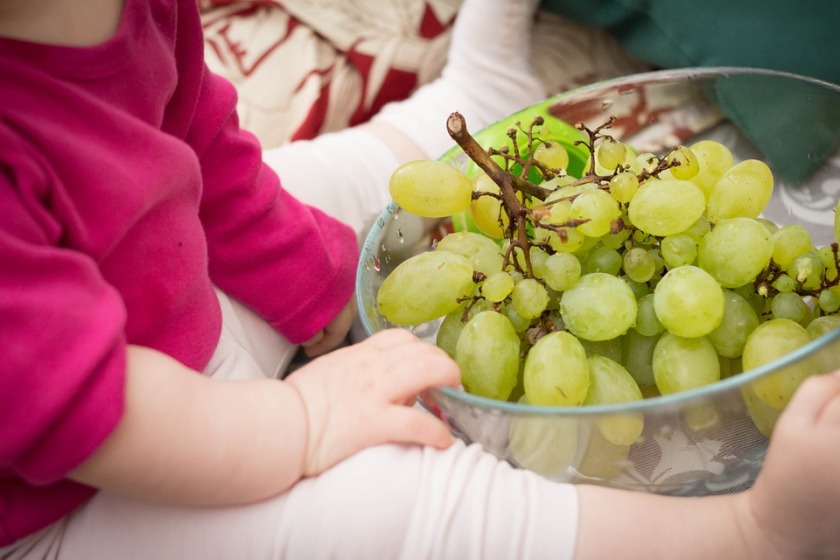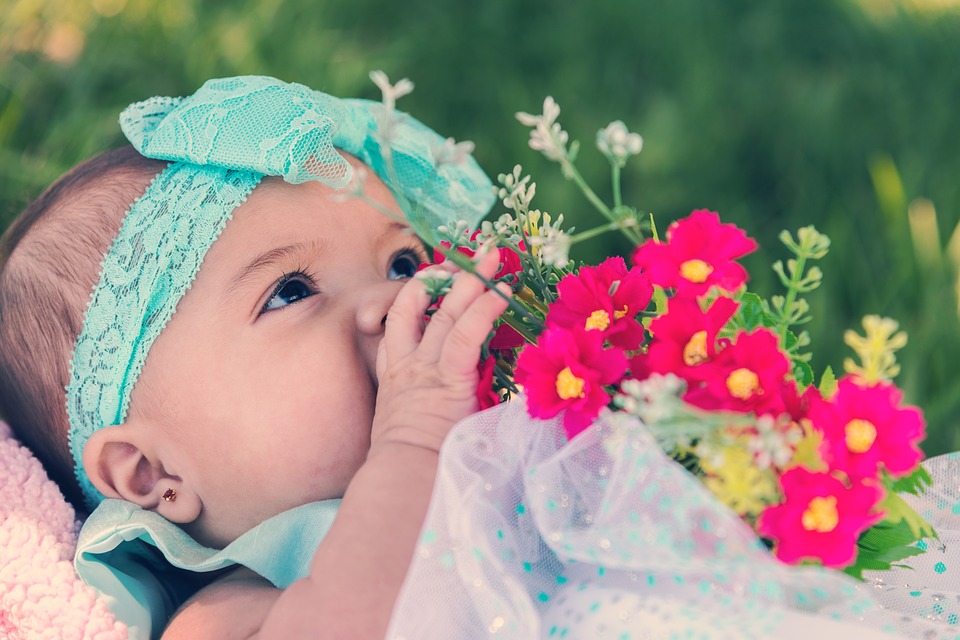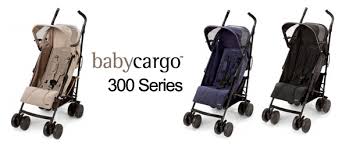Favorite Choice of User about Best Organic Baby Food

Has good management of their head and neck
Has doubled their birth weight
Turns head away when full
Puts things in their mouth
Seems interested in your food!
Gerber has a good, short online quiz that you will take. It basically asks you the on top of queries and lets you grasp whether or not your baby may be a sensible age to start out making an attempt solid foods.
Here are the Best Organic baby Food (cereals) we have a tendency to found for 2017:
1. Gerber Organic Baby Cereal. This comes in Oatmeal, Brown Rice, and Oatmeal with Peach and Apple flavors. You’ll wish to start out with the Oatmeal and rice, and then go on to the Oatmeal with Peach and Apple flavor. We found the oatmeal to be the good consistency for a primary food. It also wasn’t quite as sweet tasting as the rice (the oatmeal with peach and apple was the sweetest tasting of the three). We mixed it with breast milk and the babies appeared to find it irresistible quite bit! All varieties have as regards to an equivalent biological process composition, with 45% daily Iron content per serving, 2 grams of sugar, and about .5 to one gram of fat. The iron content is a good supplement for a growing baby, and not so abundant that it’ll induce constipation. Note that the Oatmeal versions are not protein free, but the brown rice version is. Contains pretty simple ingredients: oatmeal or brown rice, two organic sources of vitamin B to support brain and eye development (soy emulsifier and vitamin B bitartrate), and vitamins and minerals. Overall, a great initial oatmeal with none additives with questionable sourcing or producing practices.

2. Earth’s Best Organic Baby Cereal. Like the Gerber options, this comes in several varieties as well as Oatmeal, Brown Rice (what they call “whole grain rice”), Oatmeal with Banana, and Whole Grain. The Oatmeal variety says it could contain traces of wheat/gluten, but the Brown Rice version is protein free. The great issue regarding Earth’s Best is that they genuinely take plenty of pride within the foods they manufacture. They’re a smaller company (owned by the Hain Celestial Group) that takes genetically changed ingredients terribly seriously (check out their mission at Earth’s Best). We’re not saying that Gerber does not take these things seriously, but Earth’s Best merely has a higher data (in our opinion). So back to the food… Other than the oatmeal and bananas selection, these options were a bit blander to the style than the Gerber (maybe as a result of they contain zero grams of sugar), but the babies positively did not appear to mind that at all once it absolutely was mixed with breast milk! just like the Gerber, each serving contains forty fifth of daily Iron content, and about one gram of fat. So you thought the Gerber ingredients were simple? These square measure even simpler! 2 things: the main ingredient (whole grain oats or rice) and therefore the vitamins/minerals. Nice and simple, but conjointly not as well as vitamin B or DHA for brain and eye development.

3. Happy Baby Organic Baby Cereal with Choline, DHA, and Probiotics. If you’ve been searching for the Happy Bellies Oatmeal, this is it, just rebranded as Happy Baby Organic Baby Cereal. This is an oatmeal merging with a pleasant kind of vitamins, probiotics, choline, and DHA. The vitamins are similar to what seem altogether of the opposite cereals on our list, including vitamins A, B6, B12, C, D, and E, along with a decent quantity of iron, calcium, folate, and riboflavin. Regarding vitamin B, it is a vital nutrient that’s typically provided as emulsifier or tartrate, occurring in high amounts in foods such as beef liver, cauliflower, wheat germ, and soybeans. This cereal also contains four probiotic strains, along with one prebiotic that conjointly acts as a light sweetener (fructooligosaccharides); along, these help maintain the gut flora, this the old “Happy Belly” name of this oatmeal! Like the others, this is certified organic, and contains no artificial ingredients or sweeteners. A bonus is that the packaging is made while not BPA, the company partners with great organizations like syndrome Speaks, Allergy children Foundation, and Feeding America. And by the way, you’re supporting a mom-owned little business that was supported in 2006 and brought one of the primary gluten-free baby food product to the market! therefore not solely will the food style nice, consuming it can conjointly cause you to feel sensible (well, in your tummy, and also for contributory to a company with robust values).
Best Baby Foods (6 months +) for 2017: To find the simplest baby foods of 2017, we purchased eight totally different brands of fruit and vegetable purees, with 4 varieties per whole, and put them to the test! we have a tendency to tasted a number of them ourselves and were shocked at simply however sensible some of them were (really!), and we had four totally different babies travel in age from seven to eleven months check them out for U.S.A. similarly. Judging by their facial expressions, fits of rage, and sometimes requests for a lot of, we have a tendency to narrowed it down to simply alittle few varieties that we thought tasted the simplest and were most accepted by the babies. One of the foremost important criteria that we have a tendency to completed is once the fruit or vegetable puree tasted a lot of just like the real stuff to the adults, the babies also tended to find it irresistible a lot of. When it was too tart they cared-for withdraw, as they did also once it had some elusive flavors (don’t worry, those aren’t on our list!).


 The addition of a new young member in a couple’s life is undoubtedly a joyous and special moment. Once it happens, every couple desires to put their best foot forward in their parenting career. However, one thing is for certain, from the right baby crib to the right education, parenting is always easier said than done, especially when the child is young. One of the few preparations that parents have to do in the early days of their parenting is decking up the nursery to make it baby-ready, and an indispensable accessory for this purpose is the baby crib.
The addition of a new young member in a couple’s life is undoubtedly a joyous and special moment. Once it happens, every couple desires to put their best foot forward in their parenting career. However, one thing is for certain, from the right baby crib to the right education, parenting is always easier said than done, especially when the child is young. One of the few preparations that parents have to do in the early days of their parenting is decking up the nursery to make it baby-ready, and an indispensable accessory for this purpose is the baby crib.